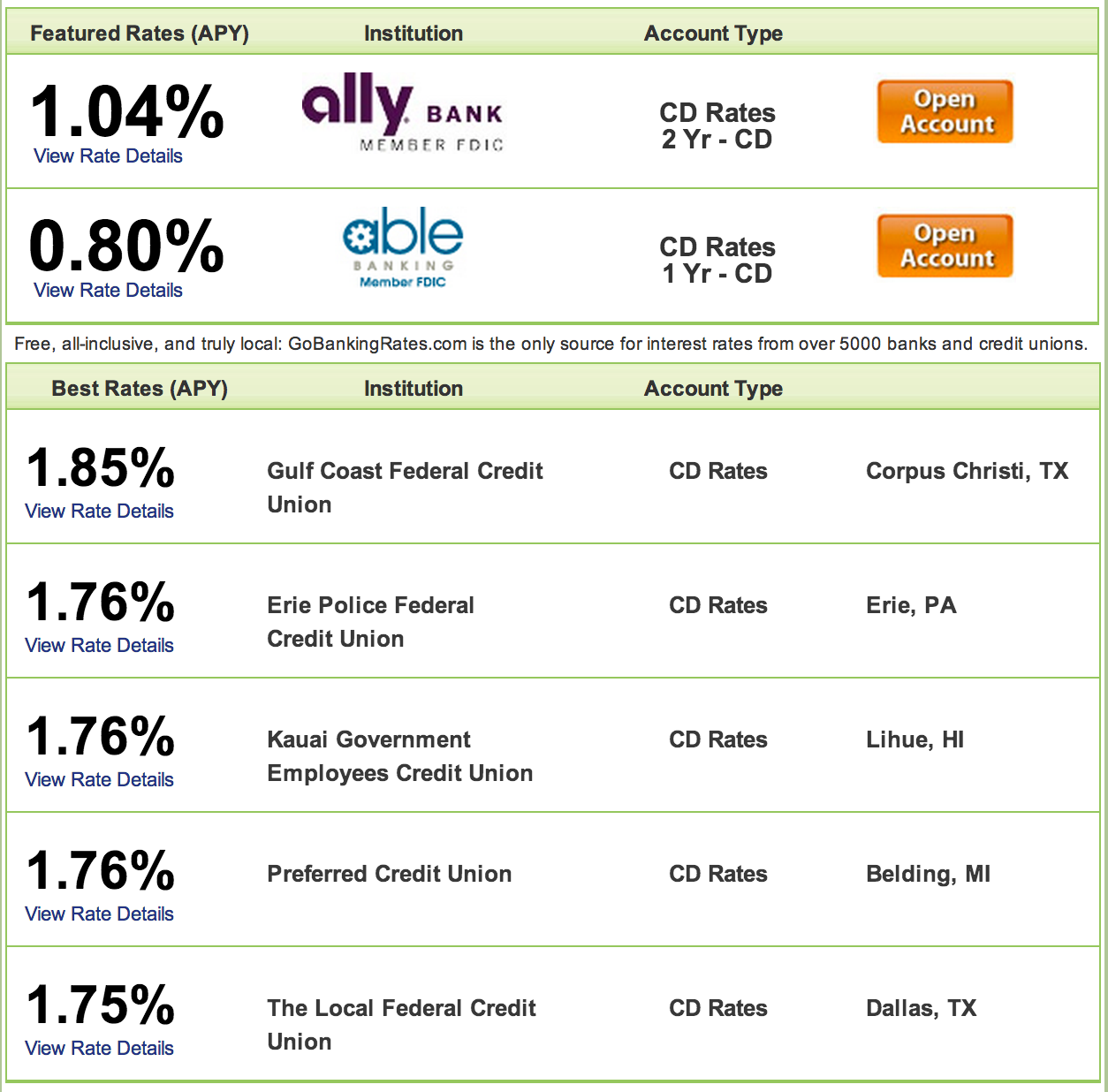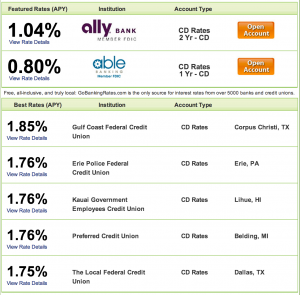“We are easily influenced in which few product attributes we use to make a comparison”
When choosing between competing products, we find it hard to compare on complex aspects. We even find it hard to use more than a few simple comparison attributes. Therefore we tend base comparisons between competitors on just a couple of easily comparable criteria.
Being presented with a clear and specific set of attributes focuses our attention on these criteria, causing us to base our subsequent choices primarily on these criteria, ignoring other relevant ones.
Scientific research example:
Imagine you’re a student and you have to register for the classes. What would be the best way to choose between the 9 competing courses for the following semester?
- Read and think about each piece of information about every course
- Read the course descriptions and than think overall why you might want or not want to take every course
- Read the course descriptions, but not think about it before choosing
As Wilson & Scooler (1991) proved, it’s best not to think about it. Since consciously thinking draws attention to ‘nonoptimal’ – though easily comparable – criteria.
Online Persuasion tips:
When you have absolutely the best offer in the marketplace:
[checklist]
- Make sure your prospects learn about every aspect of your product, and than emphasize that they should ‘follow their heart’ when choosing.
[/checklist]
But when you don’t (which is mostly the case):
[checklist]
- Find out which competitors and/or comparison sites your customers visit (pre-purchase)
- Then find out on which ‘easily comparable attributes’ you win in these comparisons, and promote those easily comparable product attributes
- Finally emphasize that your prospects should make a deliberate and rational choice (which will make them choose based on the easily comparable attributes)
[/checklist]


